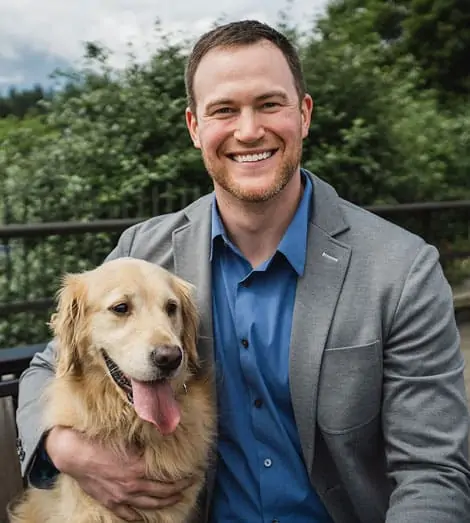Jaw pain can be excruciating, affecting your ability to eat, speak, and even enjoy daily life. While jaw pain can certainly be annoying, you may not recognize that something more serious may be to blame. In fact, one of the common causes of jaw pain is Temporomandibular Joint (TMJ) disorder. The TMJ is the joint that connects your jaw to your skull, and when it’s not functioning properly, it can lead to discomfort and pain. If you’re dealing with jaw pain, your dentist in Lake Oswego has some insight into the causes, symptoms, and various methods to alleviate jaw pain.
Understanding TMJ Disorder
Temporomandibular Joint disorder, or TMJ disorder (TMD), can manifest in various ways. It’s characterized by pain or discomfort in the jaw joint and the surrounding muscles. Some common symptoms include:
- Jaw pain
- Clicking or popping sounds when opening or closing the mouth
- Limited jaw movement
- Headaches
- Earaches
- Neck and shoulder pain
- Locking of the jaw
Causes of TMJ Disorder
Several factors can contribute to the development of TMJ disorder, including:
- Bruxism – Bruxism, also known as teeth grinding or clenching can put undue stress on the jaw joint and surrounding muscles.
- Misaligned Bite – An improper bite, or malocclusion, can strain the TMJ over time.
- Stress and Anxiety – High levels of stress and anxiety can lead to jaw clenching and muscle tension, aggravating TMJ disorder.
- Arthritis – Inflammatory joint conditions like arthritis can affect the TMJ.
- Trauma – Direct injury to the jaw or head can lead to TMJ issues.
How to Get Rid of Jaw Pain and Treat TMJ Disorder
Treatment for jaw pain and TMJ Disorder will vary depending on your specific symptoms and causes. The first step is to consult a dentist in Lake Oswego. They can perform a thorough examination, including imaging tests to confirm the diagnosis and rule out other potential causes of jaw pain. Then they can recommend the best treatment option for you. Some common forms of TMD treatment are:
- Oral Care
If bruxism is the root cause of your TMJ disorder, your dentist may recommend a mouthguard to prevent teeth grinding at night.
- Diet
Stick to a soft diet, avoiding hard and chewy foods that can exacerbate jaw pain.
- Stress Management
Engage in stress-reduction techniques like meditation, yoga, or deep breathing exercises to alleviate tension in the jaw.
- Medications
Non-prescription pain relievers like ibuprofen or acetaminophen can help manage pain and inflammation while prescribed muscle relaxants may be prescribed to ease muscle tension.
- Physical Therapy
A physical therapist can help you with exercises to strengthen and stretch the jaw muscles. This can improve jaw mobility and reduce pain.
- Heat and Cold Therapy
Applying heat or cold packs to the jaw can provide relief. Cold packs reduce inflammation, while heat soothes and relaxes the muscles.
- Orthodontic Treatment
If your TMJ disorder is related to a misaligned bite, orthodontic treatment may be necessary to correct the alignment and alleviate jaw pain.
Jaw pain can be disruptive and even debilitating, but there are numerous ways to find relief and manage TMJ disorder. Whether through lifestyle adjustments, medical interventions, or medications, there is hope for those suffering from this condition. However, it’s essential to consult with your dentist in Lake Oswego to determine the most appropriate course of action for your specific case. With the right approach, you can reduce jaw pain, improve your quality of life, and regain control over your oral health.



